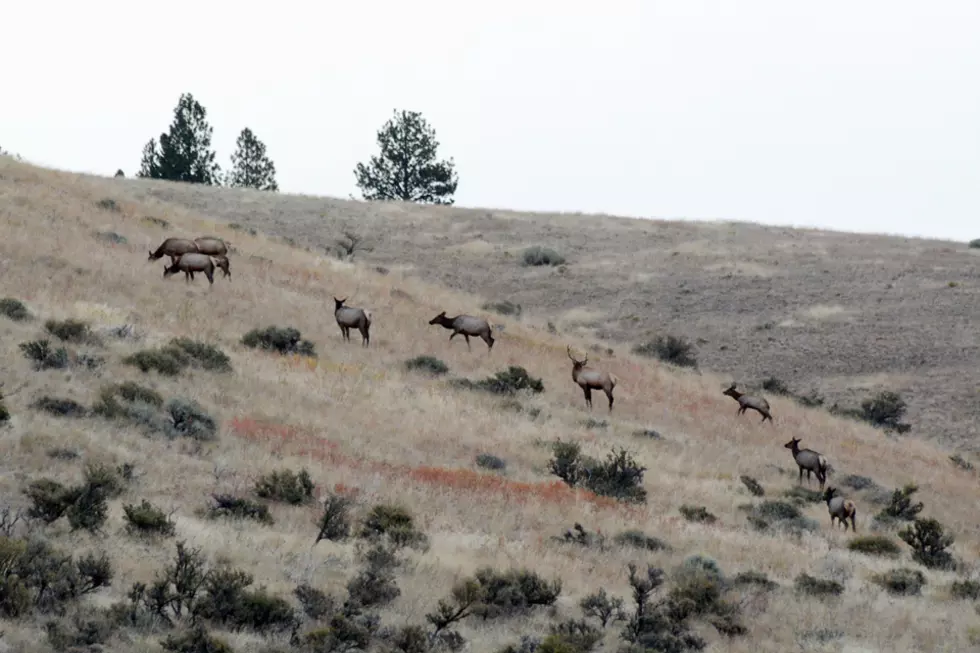
Montana Wildlife Federation: Elk hunters should speak out about seasons, management
I watched and listened in awe during my first year of hunting elk as a large bull screamed, nose flared, while he herded his cows from a bugling challenger. That was in 1979 and a lot has changed over the past 40 years.
Today, elk are plentiful in places where they were absent back then, while on some forested public lands they are no longer as common. Predator populations are doing well, major fires are commonplace as our climate changes and hunting technology continues to advance.
Landowner acceptance of elk has also changed, varying widely from a commodity to be hunted, a nuisance to crops and fences, to a majestic creature to be protected. What remains constant is that all those elk belong to you and me, held in the public trust, and that Montana Fish Wildlife and Parks walks a delicate tightrope trying to meet conflicting demands.
For years, Montana has relied on a generous five-week rifle season, the longest in the West, as the backbone of our elk management program. Elk management requires an emphasis on the general rifle season in late October and November, when we can get the broad harvest across the landscape to both kill enough elk and spread them out.
However in recent years where elk have exceeded population objectives, FWP has utilized “shoulder seasons” that last up to six months to reduce elk numbers on private land.
In areas where landowners have been supportive, they have been successful. In other areas, lack of hunter access during the general season and population objectives that are too low are problems that still need to be resolved.
For many, shoulder seasons are problematic from an ethical perspective. Mid-August hunting results in orphaned calves, and by February cow elk are well into pregnancy and working hard to survive in deep snows and bitter cold.
Montana’s hunters understand that some targeted management and game damage hunts are needed outside the general season, but most don’t support large-scale hunting for six months of the year. We also understand that there is no one-size-fits-all approach to elk management across Montana. Different areas have different migration patterns, seasonal use and amounts of public land. Elk management must consider all of those factors.
Proper elk management will require a strong sense of cooperation between landowners, hunters and Montana Fish, Wildlife and Parks. Landowners need hunters as the most effective wildlife management tool we have, and hunters are appreciative of the private habitat and public access that many landowners provide. That working partnership is essential to the future of our elk herds, our agricultural economy and our sporting heritage.
Beginning this month, the process of setting hunting seasons for the next two years starts, and soon the state will begin the process of looking at the overall elk plan for revisions. It’s important that the voice of Montana hunters is heard during each of these planning efforts.
We want to hear from Montana elk hunters about what they would like to see with our elk management. Go to www.montanaelksurvey.com and help shape the future of elk management and our hunting opportunity.
Tom Puchlerz of Stevensville is president of the Montana Wildlife Federation.
